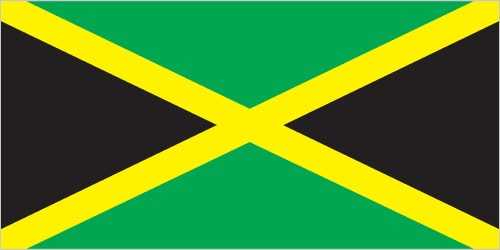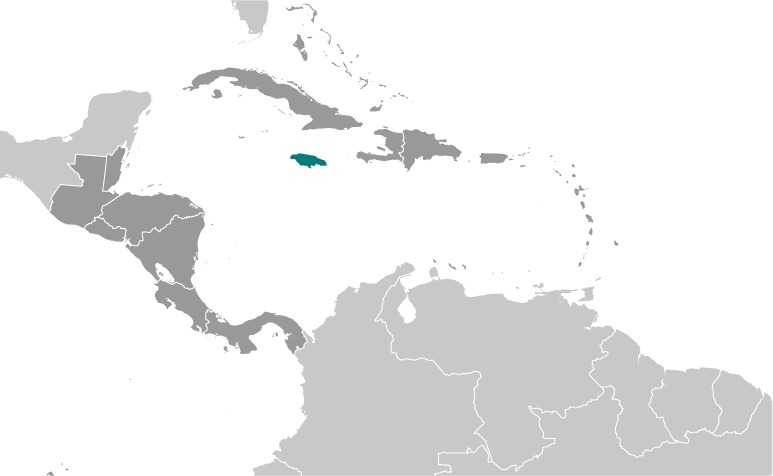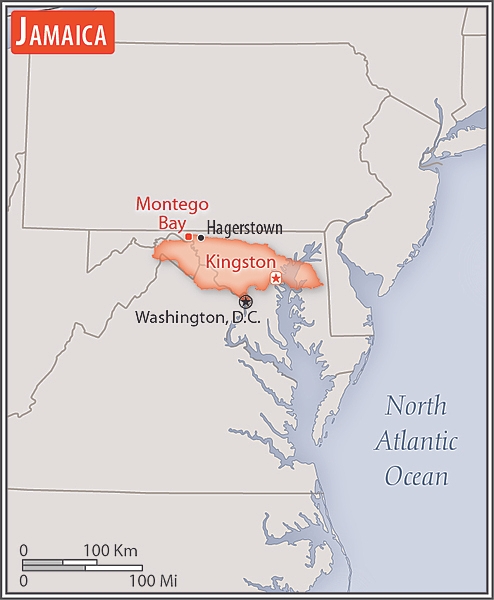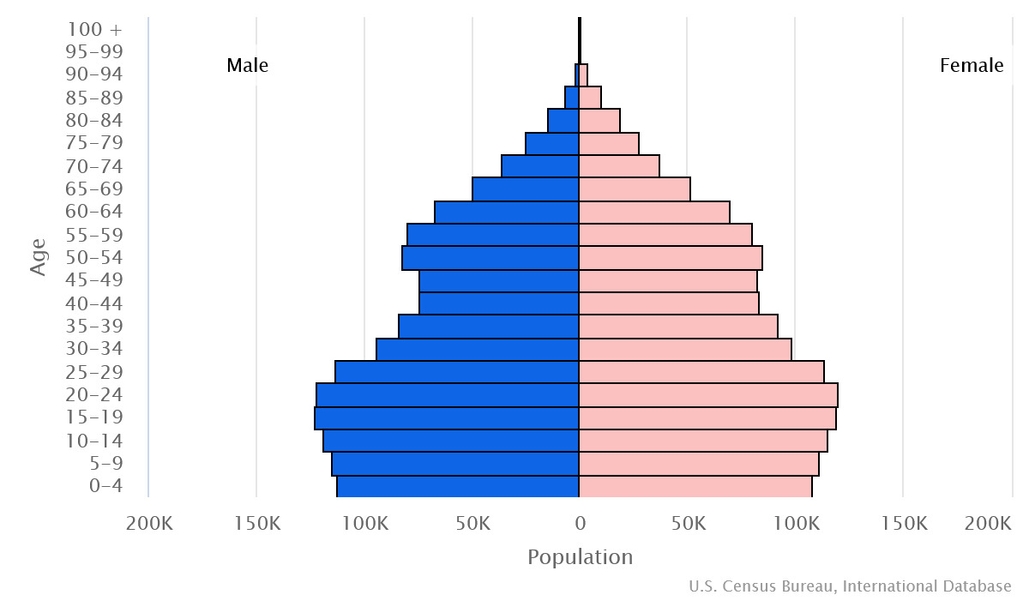Introduction
Visit the Definitions and Notes page to view a description of each topic.
Geography
People and Society
Population
comparison rankings: female 140; male 141; total 140
Median age
comparison ranking: total 130
Population growth rate
comparison ranking: 185
Birth rate
comparison ranking: 105
Death rate
comparison ranking: 100
Net migration rate
comparison ranking: 217
Maternal mortality ratio
comparison ranking: 69
Infant mortality rate
comparison ranking: total 129
Life expectancy at birth
comparison ranking: total population 111
Total fertility rate
comparison ranking: 98
Obesity - adult prevalence rate
comparison ranking: 55
Alcohol consumption per capita
comparison ranking: total 104
Tobacco use
comparison ranking: total 137
Children under the age of 5 years underweight
comparison ranking: 96
Education expenditures
comparison ranking: 43
Environment
Revenue from forest resources
comparison ranking: 102
Revenue from coal
comparison ranking: 94
Government
Economy
Real GDP (purchasing power parity)
comparison ranking: 149
Real GDP growth rate
comparison ranking: 134
Real GDP per capita
comparison ranking: 146
Inflation rate (consumer prices)
comparison ranking: 137
GDP - composition, by sector of origin
comparison rankings: services 83; industry 149; agriculture 83
Industrial production growth rate
comparison ranking: 52
Labor force
comparison ranking: 133
Unemployment rate
comparison ranking: 86
Youth unemployment rate (ages 15-24)
comparison ranking: total 101
Gini Index coefficient - distribution of family income
comparison ranking: 44
Public debt
comparison ranking: 17
Taxes and other revenues
comparison ranking: 42
Current account balance
comparison ranking: 97
Reserves of foreign exchange and gold
comparison ranking: 106
Debt - external
comparison ranking: 41
Energy
Electricity
comparison rankings: transmission/distribution losses 106; consumption 138; installed generating capacity 132
Carbon dioxide emissions
comparison ranking: total emissions 110
Energy consumption per capita
comparison ranking: 97
Communications
Telephones - fixed lines
comparison ranking: total subscriptions 98
Telephones - mobile cellular
comparison ranking: total subscriptions 140
Internet users
comparison ranking: total 131
Broadband - fixed subscriptions
comparison ranking: total 99
Transportation
Merchant marine
comparison ranking: total 125
Military and Security
Military expenditures
comparison ranking: 116





